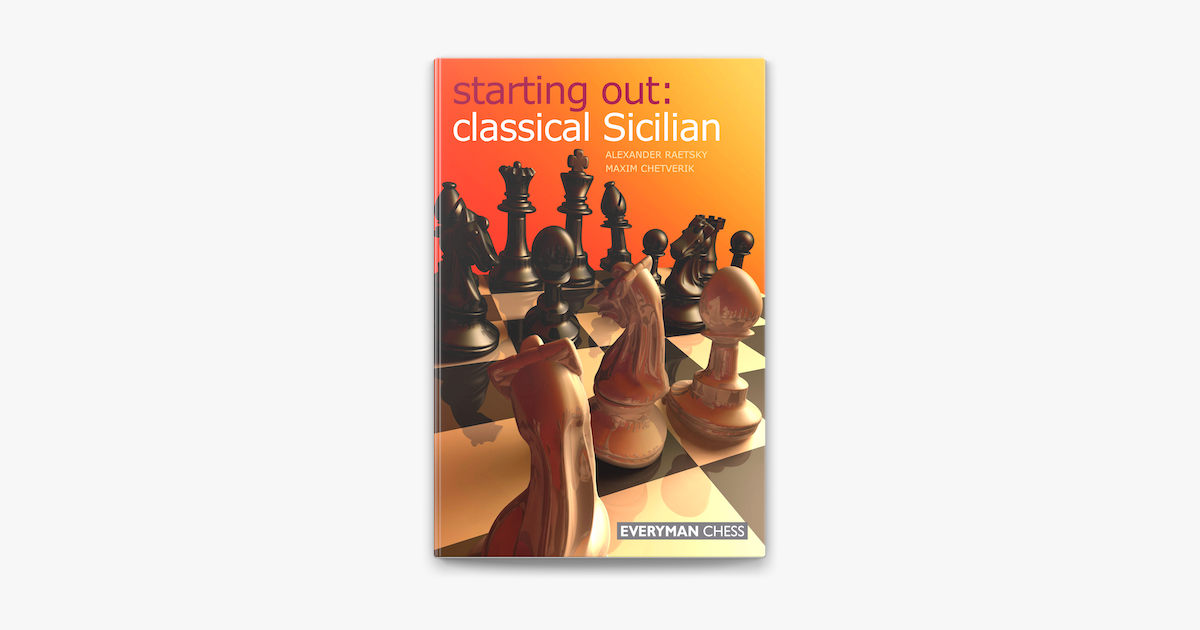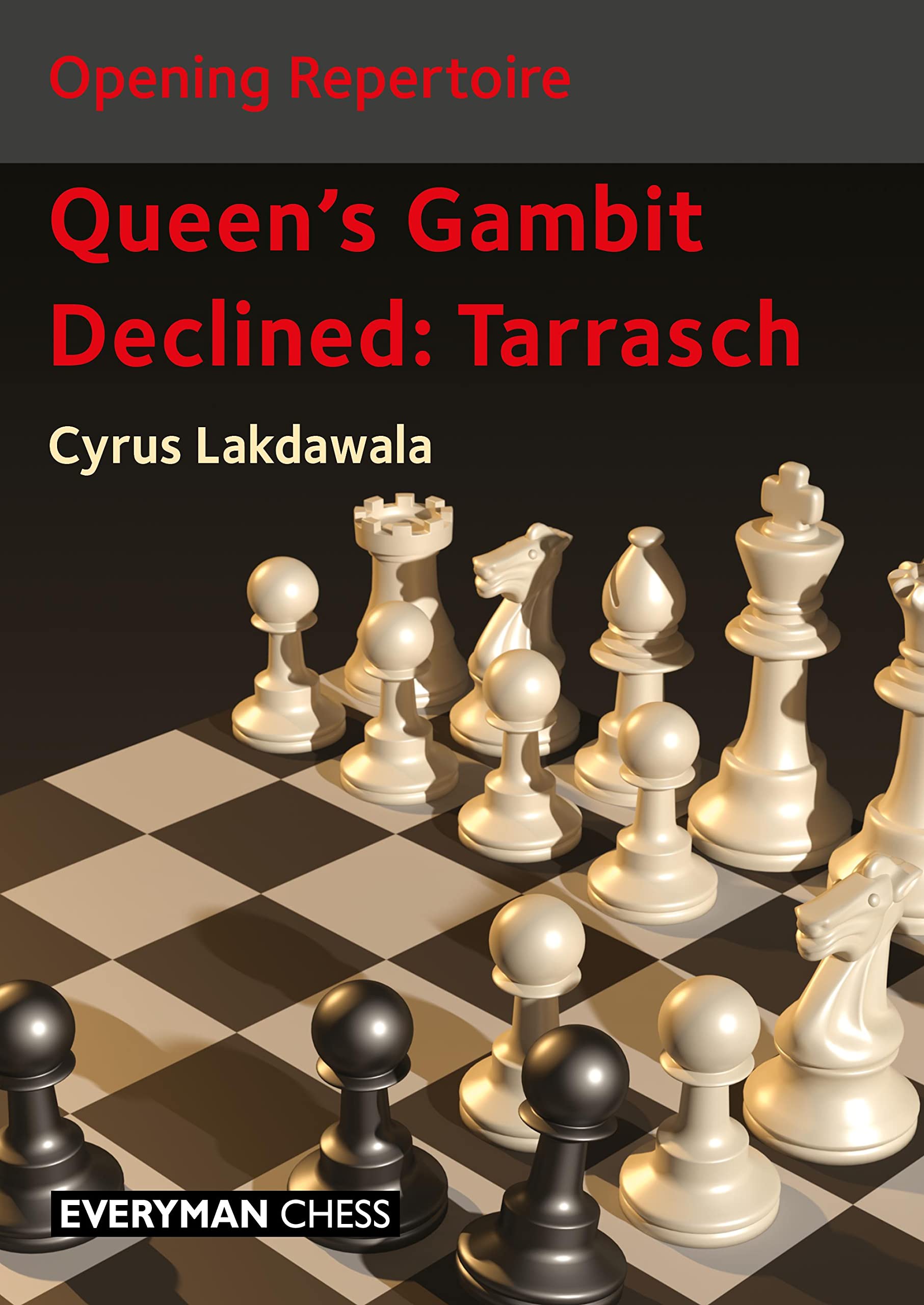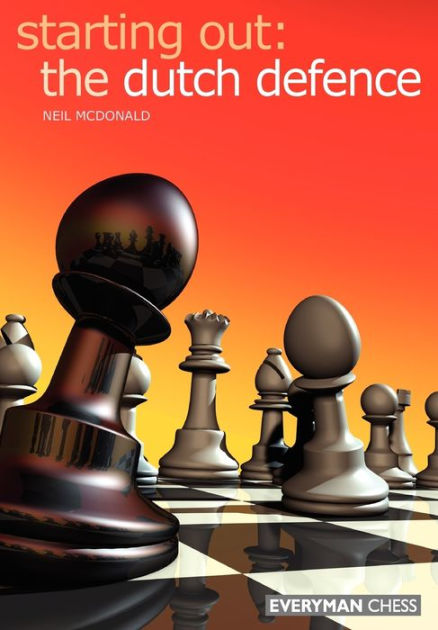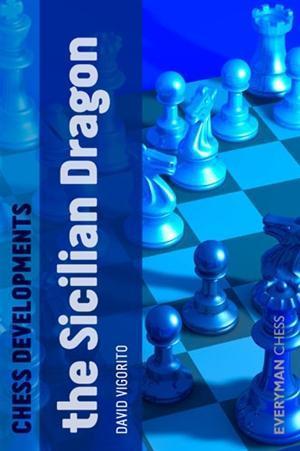Starting Out: The Sicilian Dragon – Everyman Chess
Por um escritor misterioso
Descrição
In Starting Out: The Sicilian Dragon Andrew Martin studies this famous opening in a simplistic way, introducing the crucial initial moves and ideas and taking care to explain the reasoning behind them.
Few would disagree that the Sicilian Dragon is one of the most exciting, high profile and controversial openings in chess history. Right from the very beginning of the game Black chooses to unbalance the position, thus maximising his or her chances of playing for a win. The positions reached are dynamic and of a highly tactical nature, with both players very often going straight for each other's throats in search of a quick-fire knockout blow. In these razor-sharp encounters, it goes without saying that one slip by either side can prove to be fatal. Because of its aggressive nature, the Sicilian Dragon is very popular at all levels of chess, while it received an ultimate seal of approval when Garry Kasparov used it as his main weapon to beat Vishy Anand in a World Championship match. In Starting Out: The Sicilian Dragon Andrew Martin studies this famous opening in a simplistic way, introducing the crucial initial moves and ideas and taking care to explain the reasoning behind them, something that has sometimes been neglected or taken for granted. As with previous works in the popular Everyman Chess Starting Out series, the reader is helped throughout with a plethora of notes, tips and warnings highlighting the vital characteristics of the Sicilian Dragon and of opening play in general. Written by an openings expert All main lines of the Sicilian Dragon are covered Ideal for the improving player CD extract available in Chessbase format (zipped)
Few would disagree that the Sicilian Dragon is one of the most exciting, high profile and controversial openings in chess history. Right from the very beginning of the game Black chooses to unbalance the position, thus maximising his or her chances of playing for a win. The positions reached are dynamic and of a highly tactical nature, with both players very often going straight for each other's throats in search of a quick-fire knockout blow. In these razor-sharp encounters, it goes without saying that one slip by either side can prove to be fatal. Because of its aggressive nature, the Sicilian Dragon is very popular at all levels of chess, while it received an ultimate seal of approval when Garry Kasparov used it as his main weapon to beat Vishy Anand in a World Championship match. In Starting Out: The Sicilian Dragon Andrew Martin studies this famous opening in a simplistic way, introducing the crucial initial moves and ideas and taking care to explain the reasoning behind them, something that has sometimes been neglected or taken for granted. As with previous works in the popular Everyman Chess Starting Out series, the reader is helped throughout with a plethora of notes, tips and warnings highlighting the vital characteristics of the Sicilian Dragon and of opening play in general. Written by an openings expert All main lines of the Sicilian Dragon are covered Ideal for the improving player CD extract available in Chessbase format (zipped)

Path to Chess Mastery: Book completed - Starting Out: The English

Starting Out: Classical Sicilian on Apple Books

The New Sicilian Dragon

The Sicilian Taimanov: Move by Move - Chess Opening E-book Download

Dangerous Weapons: Anti-Sicilian

Playing 1.e4: Sicilian Main Lines by John Shaw, Quality Chess 2018

Sicilians, PDF, Game Theory

The Modern Interpretation of Two Classical Systems

Opening Theory Archives - British Chess News

Starting Out: Dutch Defence by Neil McDonald, Paperback

Chess Developments: The Sicilian Dragon - Vigorito – Chess House

Specialized Chess Opening Tactics: Caro-Kann - The Panov, Advance
Starting Out: The Accelerated Dragon is a further addition to Everyman's best-selling Starting Out series, which has been acclaimed for its original

Starting Out: The Accelerated Dragon - Greet

John Emms: Starting Out: The Sicilian
de
por adulto (o preço varia de acordo com o tamanho do grupo)







